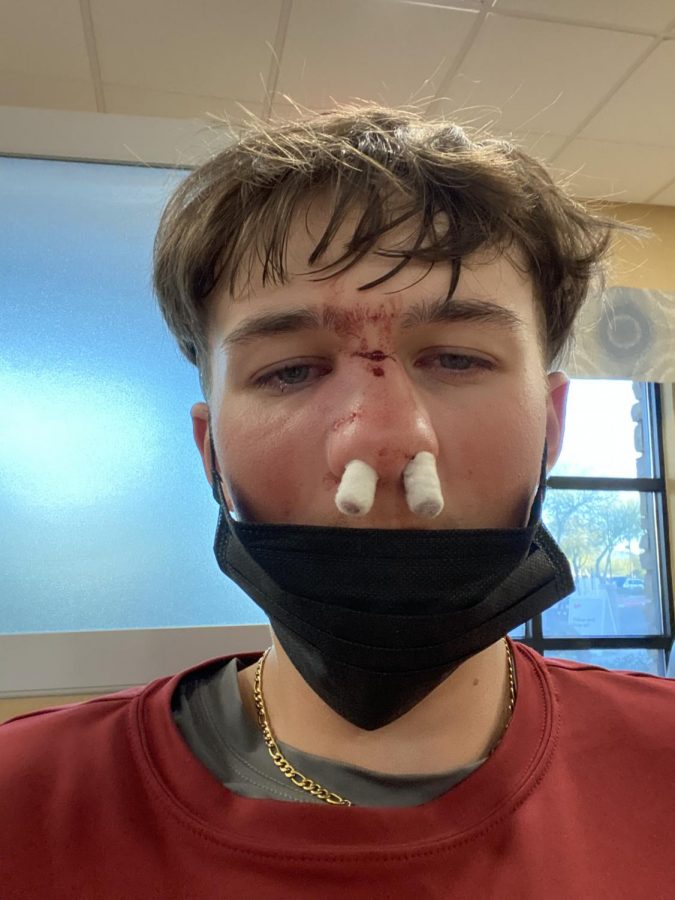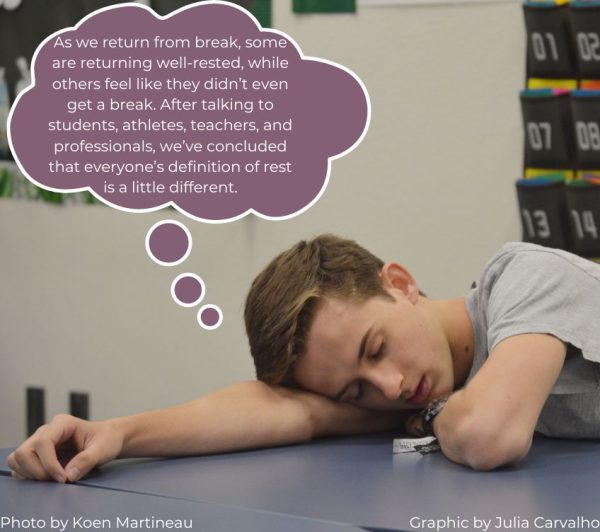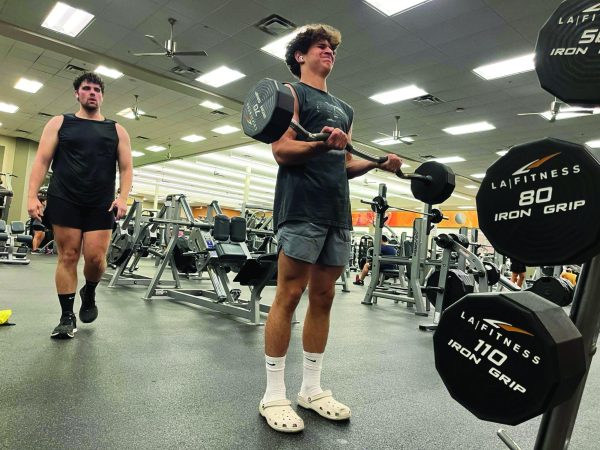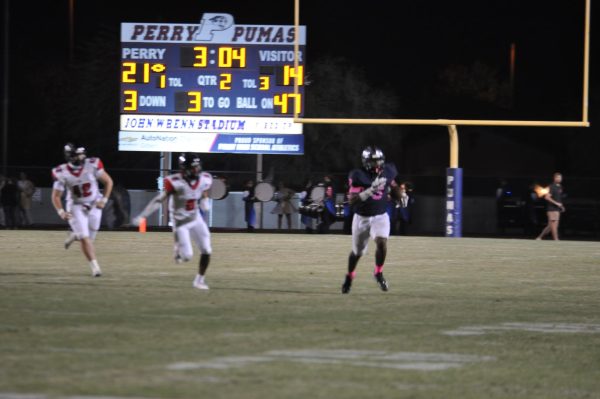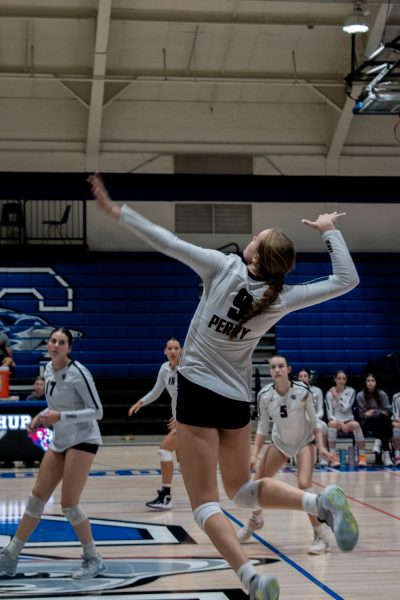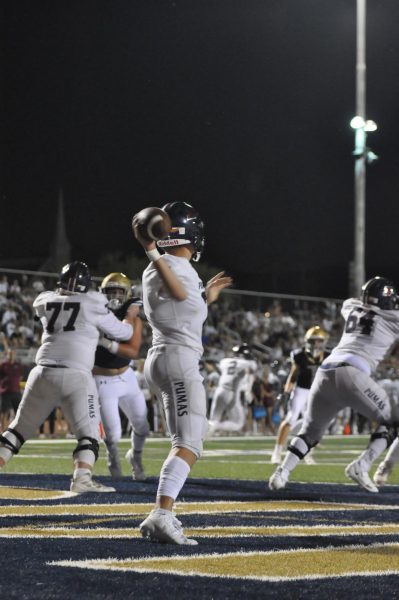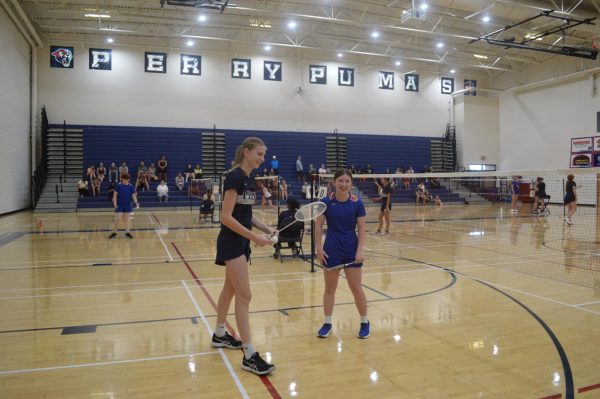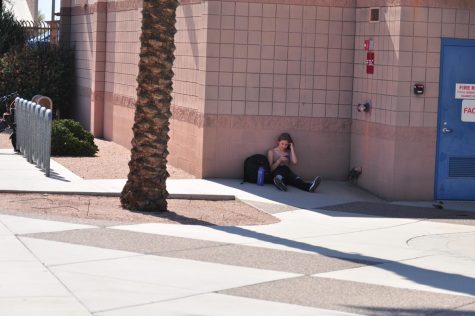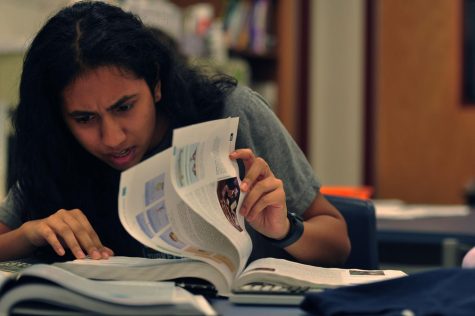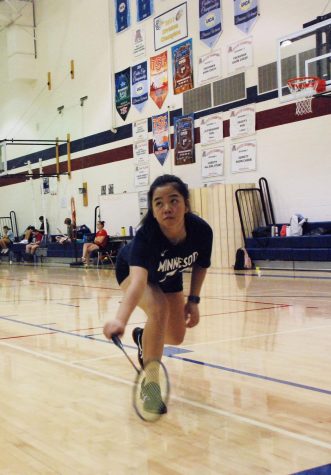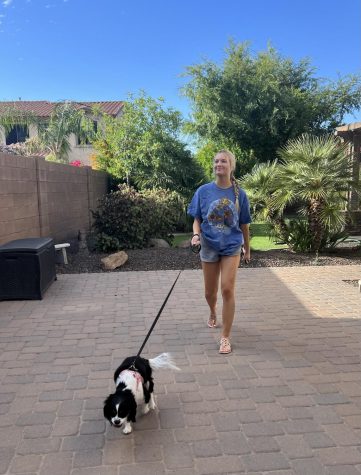Help I’ve fallen and I can’t get up
Sports injuries around campus
Junior baseball player Zach Agnew was hit in the face in a game against Hamilton. He pitched the ball and it came back and hit him in the face.
In the world of sports, getting injured is something every athlete must be aware of. While some injuries may be minor, others could be devastating and, possibly, career ending. Some injuries are just a hazard of playing the sport, but there are some measures coaches and players take in order to attempt to prevent such injuries. Here are some of the injury horror stories taken right from Perry Athletics:
“One of the students dislocated his elbow in a wrestling challenge match to try and make the freshman starting team… He actually rebroke his elbow again in the same spot this year in football,” said wrestling coach Alex Pavlenko.
“I’ve seen a femur fracture, forearm fracture, torn ACL’s. The forearm fracture was actually a Brophy kid for wrestling. And we did have a wrestling camp where a kid dislocated his elbow and it came through the skin,” said athletic trainer Allyson Romero.
“An opponent player’s shin popped outside of his sock and of his skin. No idea what happened, I was on the sideline with 22 guys on the field. I heard a blood curdling scream and the next thing you know these kids are not doing very well because of what they just saw. We ran up and the trainer called the ambulance… It was a freak accident,” said men’s soccer coach Jason Berg.
“I’ve seen multiple injuries because I have coached for quite a while. But compound fractures are the worst that I’ve seen, both in the wrist forearm area and one in the quad area. Two players colliding going for the same ball and basically she broke her leg and it was sticking out. The other one was bracing her arm for a fall and it broke at her forearm. But we have had numerous ACL injuries that have really hurt our season,” said women’s soccer coach John Roberts.
“I covered wrestling at ASU for the newspaper and I saw some pretty gross broken bones, I never saw a compound fracture though. But I have seen fingers off to the side, wrists broke. One of the more gruesome ones was last year during winter baseball before our season one of our pitchers got a one hopper back that hit him in the crown of the nose and broke his nose. Actually he was mad he had to come out of the game,” said baseball coach Damien Tippett.
Junior Zach Agnew, the student mentioned above, said, “I was pitching against Hamilton and I got hit in the face by a baseball and broke my nose. It just bounced off the ground, I didn’t see it, and it hit me in the face.”
“[At Perry] we’ve seen knees, we’ve seen dislocated elbows, broken bones, teeth. [The worst] is probably Austin Nightingale, he broke his femur and tore his ACL at the same time on contact. Recently Bo Hall tore his ACL, which is obviously a season ending injury for most people,” said football coach Preston Jones.
Most of these injuries are not exactly preventable, but teams and players still take certain measures in order to keep safe. Many teams do strength training and lift weights in order to build muscle and help prevent certain injuries. In football they “limit [their] contact and collisions to just a couple days a week as well as conditioning,” Jones explained.
“Injuries are gonna happen… You just have to know that injuries are a part of life. It is a requirement that every coach is CPR and First Aid certified… Just trust your training and your instincts in those situations,” said Tippett.
“As far as heat related illnesses, like dehydration, stay hydrated. Some people use braces as a preventative measure, some people tape, but the best thing is strengthening the muscles around that area. Some things you cannot 100% prevent though,” said Romero.
Injuries may be a part of everyday life, and an even bigger part of sports, but both coaches and players have ways of helping to prevent them.

